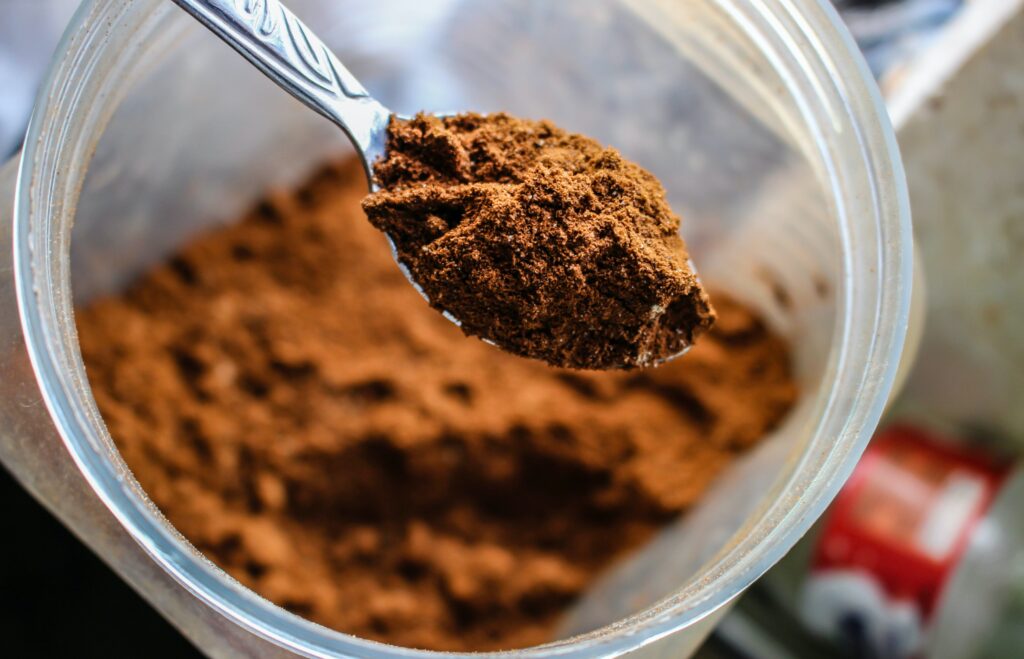There’s a new reason to love whey protein powder — it may help type 2 diabetics better manage their blood sugar. That’s the conclusion of a new study in BMJ Open Diabetes Research & Care.
Study Details
For the study, researchers gave subjects with type 2 diabetes a pre-made shot of whey protein before meals for a week. Participants also consumed a control shot, with no whey protein, for an additional week. Both times, they were asked to go about their normal daily lives.
The whey worked: researchers found that the protein shots helped control glucose levels. Study members had roughly two extra hours per day of normal blood sugar levels compared to the control week. Participants also reported lower glucose levels (reduced by 0.6 mmol/L) while on the whey shots compared to the placebo.
“For the first time, we demonstrate that daily hyperglycemia can be significantly reduced by the provision of a low dose of WP (15 g) ingested prior to each main meal over 7days of free-living. This enabled patients to achieve 2hours more per day spent within euglycemia, without increasing the risk of hypoglycemia. These results occurred without a change in patient medi- cation, dietary intake, or physical activity levels, thereby demonstrating the utility of premeal WP supplementation for the management of hyperglycemia.”
Scientists believe the whey protein works in two ways: First, it helps slow down the rate at which food passes through the digestive system. And secondly, it appears to stimulate certain hormones that inhibit high blood sugar levels.
Conclusion
“In summary, we show that thrice daily consumption of a novel preload shot containing a low dose of WP reduces daily hyperglycemia, increasing the time spent in euglyc- amia by ~2 hours per day during 7 days of free-living. This is of importance given our analysis clearly demonstrates that the prevalence of hyperglycemia is an underappreciated problem for people with controlled T2D treated with available oral medications. The provision of a contemporary WP preload shot may represent an effective sole or adjunctive therapy for the treatment of hyperglycemia, which could also have important financial implications at a time where public health budgets are constrained.”





